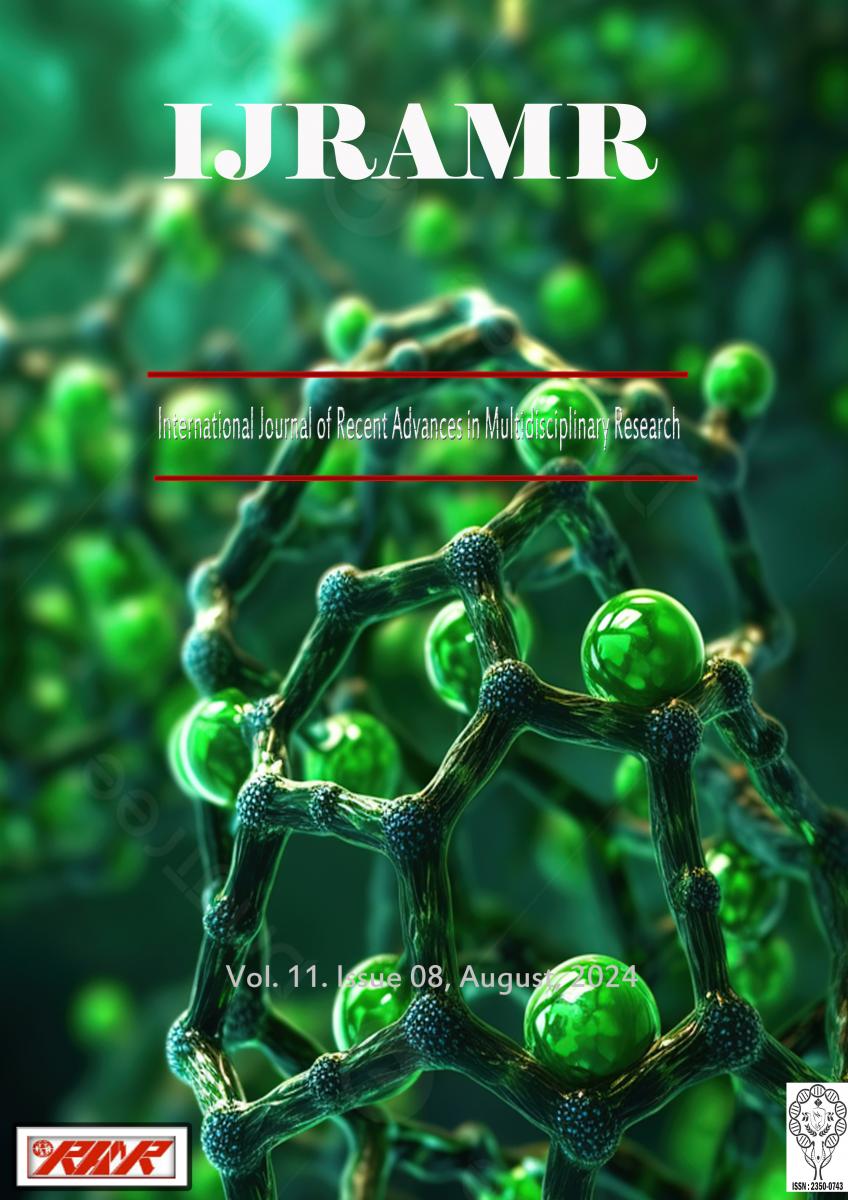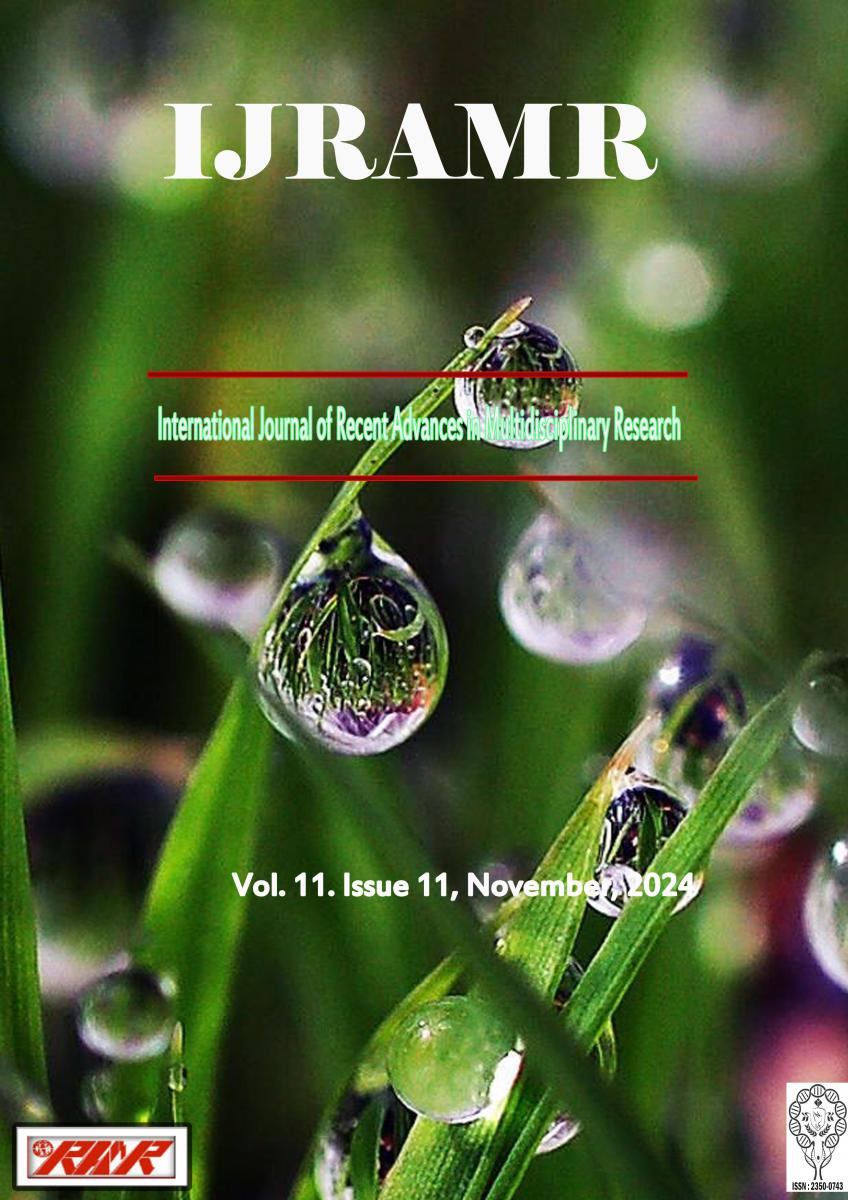The 2020 rainy season was surplus in most of Senegal. In the department of Oussouye, it was described as "extreme" because some stations recorded annual rainfall totals (over 2000 mm) well above the average for these stations. In addition, these stations received intense or even extreme daily rainfall, which had a major impact on the agricultural calendar. The aim of this study is to show how the extreme rainfall of the winter of 2020 affected the cropping calendar in the department of Oussouye. From a statistical point of view, this study analyses the extreme rainfall recorded during the 2020 rainy season, comparing this situation with data from the 1971-2020 period. Next, the maximum daily rainfall for the 2020 winter season was analysed. Finally, the agro-climatic parameters were also analysed. These analyses showed that total annual rainfall increased over the period 1971-2020. The year 2020 was characterised by an increase in the number of rainy days above 50 mm, which was statistically higher than the 1971-2020 average. The duration of the rainy season showed a general trend towards normal over the period 1971-2020. However, the extreme rainfall during the 2020 rainy season flooded rice fields and disrupted the cropping calendar. On the other hand, the results of the 2020 agricultural season were considered high for all crops in the department of Oussouye. Faced with this situation, adaptation strategies have been developed by the state authorities with the support of their partners and farmers. But today, with the resurgence of these extreme climatic phenomena, the strategies developed are ineffective.
Extreme rainfall winter of 2020 and impacts on agricultural activities in the department of oussouye in lower casamance
×
Error message
- Notice: Trying to access array offset on value of type int in element_children() (line 6591 of /home1/acadeppv/public_html/ijramr.com/includes/common.inc).
- Notice: Trying to access array offset on value of type int in element_children() (line 6591 of /home1/acadeppv/public_html/ijramr.com/includes/common.inc).
- Notice: Trying to access array offset on value of type int in element_children() (line 6591 of /home1/acadeppv/public_html/ijramr.com/includes/common.inc).
- Notice: Trying to access array offset on value of type int in element_children() (line 6591 of /home1/acadeppv/public_html/ijramr.com/includes/common.inc).
- Notice: Trying to access array offset on value of type int in element_children() (line 6591 of /home1/acadeppv/public_html/ijramr.com/includes/common.inc).
- Notice: Trying to access array offset on value of type int in element_children() (line 6591 of /home1/acadeppv/public_html/ijramr.com/includes/common.inc).
- Notice: Trying to access array offset on value of type int in element_children() (line 6591 of /home1/acadeppv/public_html/ijramr.com/includes/common.inc).
- Notice: Trying to access array offset on value of type int in element_children() (line 6591 of /home1/acadeppv/public_html/ijramr.com/includes/common.inc).
- Notice: Trying to access array offset on value of type int in element_children() (line 6591 of /home1/acadeppv/public_html/ijramr.com/includes/common.inc).
- Notice: Trying to access array offset on value of type int in element_children() (line 6591 of /home1/acadeppv/public_html/ijramr.com/includes/common.inc).
- Notice: Trying to access array offset on value of type int in element_children() (line 6591 of /home1/acadeppv/public_html/ijramr.com/includes/common.inc).
- Notice: Trying to access array offset on value of type int in element_children() (line 6591 of /home1/acadeppv/public_html/ijramr.com/includes/common.inc).
- Notice: Trying to access array offset on value of type int in element_children() (line 6591 of /home1/acadeppv/public_html/ijramr.com/includes/common.inc).
- Notice: Trying to access array offset on value of type int in element_children() (line 6591 of /home1/acadeppv/public_html/ijramr.com/includes/common.inc).
- Notice: Trying to access array offset on value of type int in element_children() (line 6591 of /home1/acadeppv/public_html/ijramr.com/includes/common.inc).
- Notice: Trying to access array offset on value of type int in element_children() (line 6591 of /home1/acadeppv/public_html/ijramr.com/includes/common.inc).
- Notice: Trying to access array offset on value of type int in element_children() (line 6591 of /home1/acadeppv/public_html/ijramr.com/includes/common.inc).
- Notice: Trying to access array offset on value of type int in element_children() (line 6591 of /home1/acadeppv/public_html/ijramr.com/includes/common.inc).
- Notice: Trying to access array offset on value of type int in element_children() (line 6591 of /home1/acadeppv/public_html/ijramr.com/includes/common.inc).
- Deprecated function: implode(): Passing glue string after array is deprecated. Swap the parameters in drupal_get_feeds() (line 394 of /home1/acadeppv/public_html/ijramr.com/includes/common.inc).
- Deprecated function: The each() function is deprecated. This message will be suppressed on further calls in _menu_load_objects() (line 579 of /home1/acadeppv/public_html/ijramr.com/includes/menu.inc).
Paper No:
4579






